Such are the vagaries of artists’ reputations that in 1876 the Mauritshuis acquired what it thought was a signed painting of Diana and Her Companions by Nicolaes Maes: some time later the signature was shown to be a fake, disguising a Vermeer as a Maes, who in the 19th century was much the more valued of the two.
Today, it takes a similar imaginative leap to accept that early religious paintings by Maes have frequently been misattributed to Rembrandt. His Christ Blessing the Children (1652–53), was believed, when it entered the collection of the National Gallery in 1866, to be by Rembrandt (the attribution to Maes was first suggested in 1915). Though its grandeur and palette are convincing, Christ’s left foot is not: it is a crudely fashioned clod, its unlovely contours more or less free from veins, tendons or even bones.
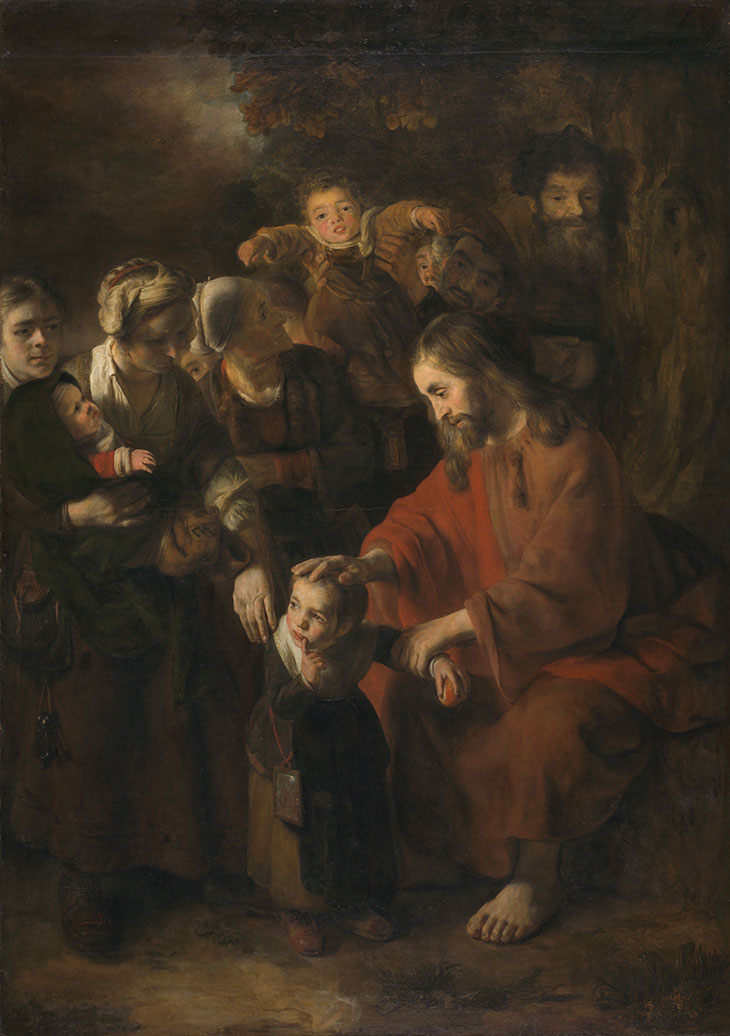
Christ Blessing the Children (1652–53), Nicolaes Maes. National Gallery, London
It’s little wonder that art historians and collectors of the past have struggled to reconcile such clumsiness with the innovative and influential genre paintings that followed, and the elegant portraits of the Dutch elite that occupied Maes in the last 30 years of his life. The range of styles on display in ‘Nicolaes Maes: Rembrandt’s Versatile Pupil’ has indeed caused such profound confusion that in 1889 a theory emerged that the Maes responsible for the opulent, Van Dyck-inspired portraits which appeared from the 1670s must be an entirely separate painter from the pupil of Rembrandt who painted histories and genre scenes.
Running concurrently with the Rembrandt celebrations at the Rijksmuseum and the Pieter de Hooch exhibition at the Prinsenhof Museum in Delft, this exhibition is a collaboration with the National Gallery and will travel to London in the spring. Drawing together the three apparently discrete phases of Maes’s career, it presents the artist as a conduit connecting Rembrandt to de Hooch.
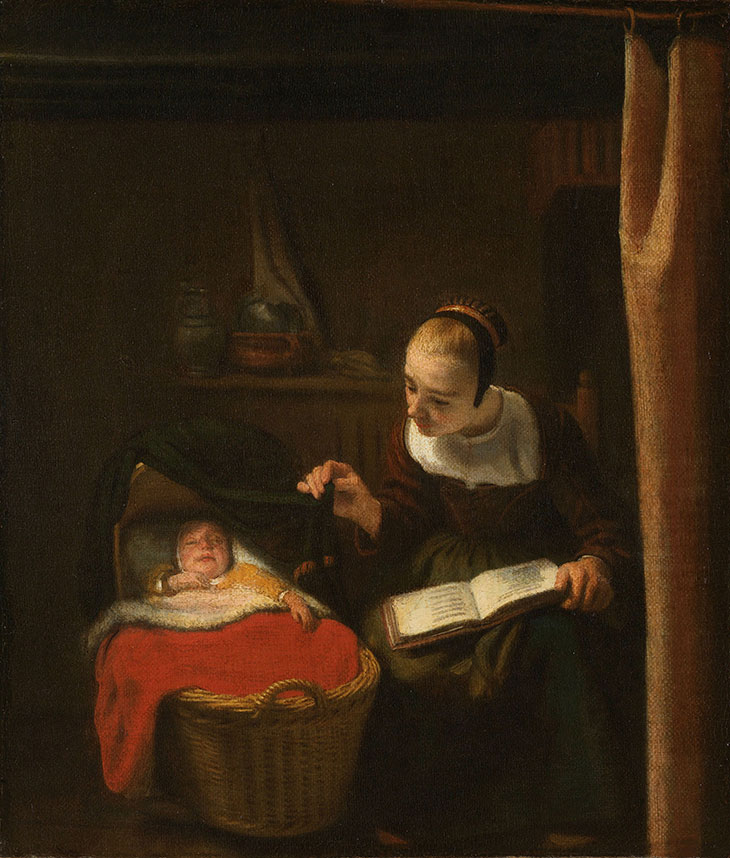
Young Woman at a Cradle (1653–55), Nicolaes Maes. Rijksmuseum, Amsterdam
Following his apprenticeship with Rembrandt, Maes returned to Dordrecht in 1653. Perhaps he struggled to find a market for his history paintings: certainly he began experimenting with domestic scenes almost immediately, and his Young Woman at a Cradle (1653–55) demonstrates the ingenuity with which he adapted and repurposed compositions by Rembrandt. The scene is a frank borrowing of Rembrandt’s Holy Family of 1645, reworked as a scene of everyday life; the introduction of a trompe-l’oeil curtain, borrowed from a Holy Family painted by Rembrandt a year later, transforms this intimate scene into a piece of theatre.
During his apprenticeship, Maes learned some of the skills that have recently led to his master being characterised as a film-maker avant la lettre. A sensitivity to the exchange between protagonist and viewer, and an awareness of the artist’s power to direct the viewer’s responses and emotions, are essential to the eavesdroppers for which Maes is best known. Like the curtain in Young Woman at a Cradle, the figure of the eavesdropper is an overtly theatrical device – akin to the fool or jester of a farce, who makes the audience their co-conspirator.
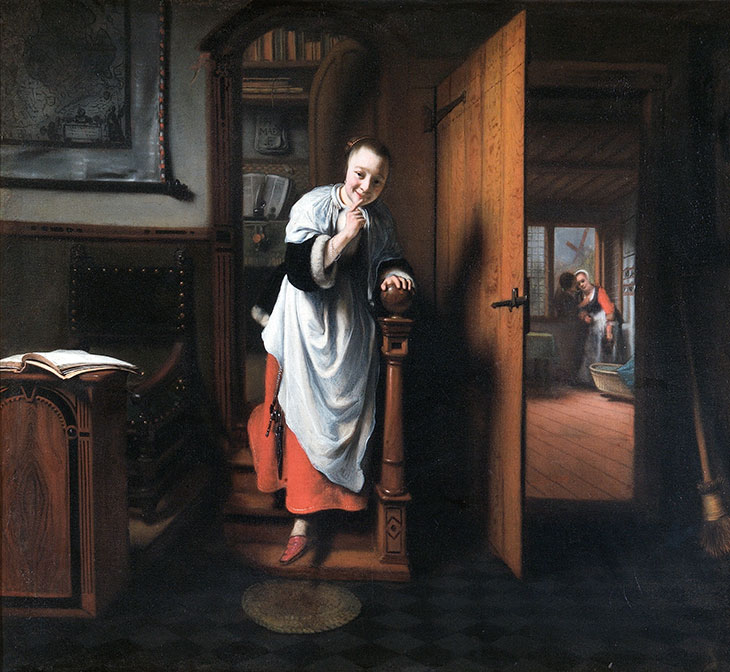
The Eavesdropper (c. 1656), Nicolaes Maes. The Wellington Collection, Apsley House (English Heritage), London
Light is key to the way we read his Eavesdropper pictures, which require us to look beyond the eavesdropper, to a lovers’ tryst in an adjoining room. It’s used to direct our eyes through the narrative, but it also creates visual interest, with daylight and candlelight contrasting with the darkened staircase that occupies the main pictorial space. As an apprentice, Maes would have been drilled in such matters, and we know that Rembrandt’s pupils were required to complete exercises in which they learned to direct and render different light sources.
Such views within views would become the speciality of de Hooch, who, even more than Maes, seems to have found the construction of a kaleidoscopic visual puzzle as compelling as any narrative. Maes provided a precedent in works such as his Adoration of the Shepherds of 1656–58, a late history painting, set in a spectacularly ramshackle architectural fantasy. The composition is in fact not his, but an almost exact copy of a print by Dürer. The attraction for Maes seems to have been the way in which its series of box-like structures breaks up space, providing frames for several small scenes that together make a larger one.
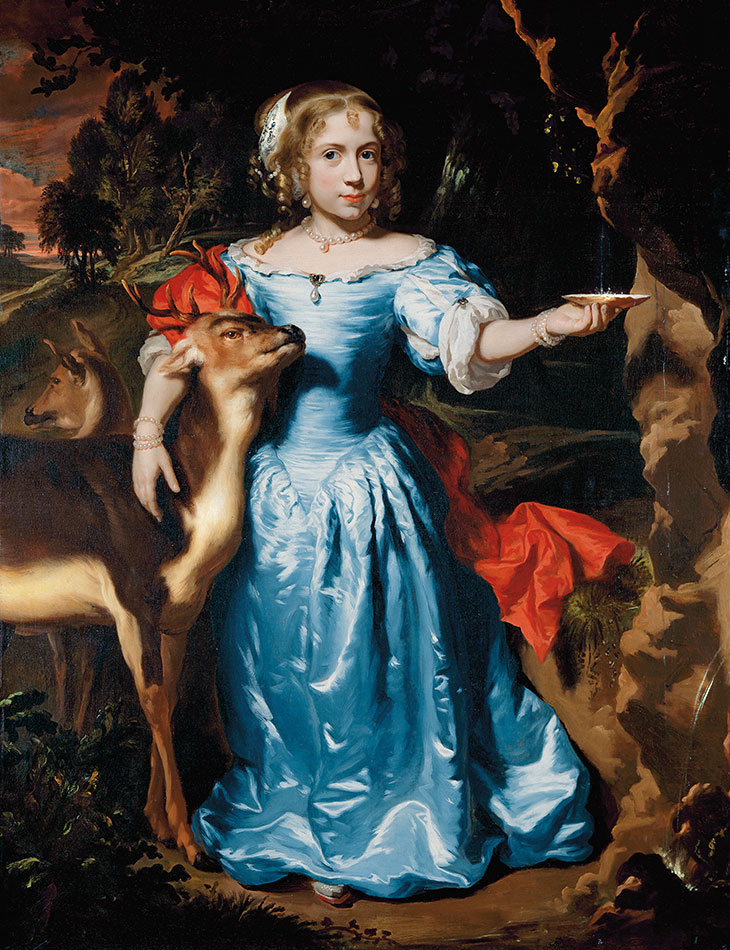
Portrait of a Girl with a Deer (c. 1671), Nicolaes Maes
As suddenly as Maes had begun painting his domestic scenes, he stopped. From 1660 he devoted himself to portraiture, developing a style that was increasingly flamboyant and indebted to Van Dyck. His taste for narrative detail persisted, however, and despite their obvious differences, his lavish pendant portraits of a girl with a deer and a boy as a hunter (c. 1671 and 1671) are like distant echoes of another exquisite pair: his Woman Selling Milk and Two Women Talking at a Window, (c. 1656).
In providing the first opportunity to survey the entirety of Maes’s career, this exhibition allows some unexpected connections to be made between different strands of Dutch painting. But perhaps most valuable is the way in which it elucidates the pragmatic and perhaps difficult choices made by an artist operating in a fiercely competitive environment. In doing so Nicolaes Maes’s paintings may offer an insight into the external forces that shaped his career.
‘Nicolaes Maes: Rembrandt’s Versatile Pupil’ is at the Mauritshuis, The Hague, until 19 January 2020.
Unlimited access from just $16 every 3 months
Subscribe to get unlimited and exclusive access to the top art stories, interviews and exhibition reviews.

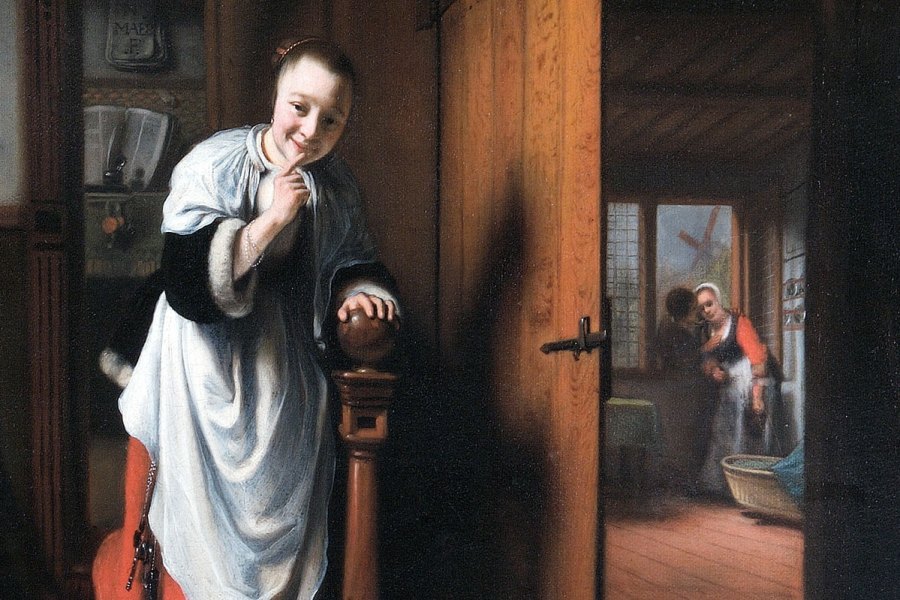

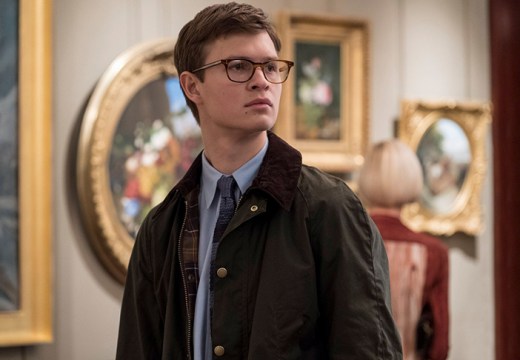
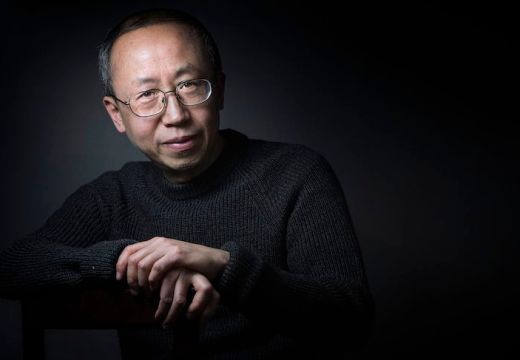









![Masterpiece [Re]discovery 2022. Photo: Ben Fisher Photography, courtesy of Masterpiece London](http://www.apollo-magazine.com/wp-content/uploads/2022/07/MPL2022_4263.jpg)
Has the Fitzwilliam lost the hang of things?